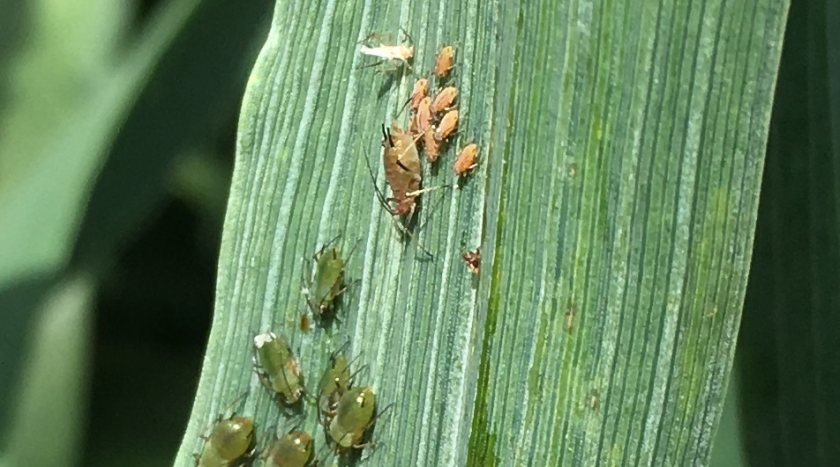
The mild and wet conditions which have dominated the first three months of 2024 could culminate in a perfect storm for barley yellow dwarf virus infections in spring barley.
That is the warning from Dr Bill Lankford, herbicide technical specialist at ADAMA, who explains that an early aphid migration is predicted to coincide with when crops are at their most vulnerable.
In England, the first aphid migration of the year rarely threatens spring barley, as crops are usually far enough ahead that they have advanced beyond their most susceptible 2-5 leaf growth stage.
However, the mild conditions in January, February and March mean temperatures rarely fell below the minus 5 degrees celsius needed to reduce aphid populations.
Dr Bill Lankford said: "Whilst the majority of spring barley would normally be sown and out of the ground by the end of March, large areas are still to be drilled, leaving a significant potential for aphids to find and infect new seedlings as soon as they emerge.”
The latest modelling work from Rothamsted Research suggests that the first flights of Bird cherry-oat aphid are predicted to take place in the first half of April in England. Grain aphid and Rose-grain aphid are expected to follow soon after.
Dr Lankford said: “That’s two to three weeks earlier than normal, with the number of aphids also predicted to be in the top 25% of historical levels,.
“There’s a high risk that barley plants could become infected with the BYDV virus almost as soon as they emerge from the seedbed, with subsequent aphid migrations exacerbating the problem by spreading the virus further into the field.”
To protect yields, and the potential for crops to attain a malting premium, growers are advised to factor a suitable aphicide treatment into their early season spray programmes.
Assuming the aphid population threshold is exceeded, the best line of defence is to apply an insecticide when the crop is at growth stage 13-14, with Dr Lankford recommending the use of a pesticide with a lower impact on the beneficial insects which feed on and, therefore, help to control pest populations.
He said: “In situations where a pyrethroid pesticide is deemed necessary, MAVRIK® (240 g/litre tau-fluvalinate) not only provides fast-acting contact control of aphids in cereals, but also has a lower residual impact on beneficial insects compared to other pyrethroids.
“This reduced toxicity enables populations of advantageous insects to recover more quickly after crops have been sprayed, therefore ensuring there’s a strong population of predators ready and able to contribute to the control of any subsequent influxes of aphids.
"MAVRIK also has the added advantage of being very fast-acting which means it halts feeding damage quickly.”
